Situations of soil cadmium pollution in Japan
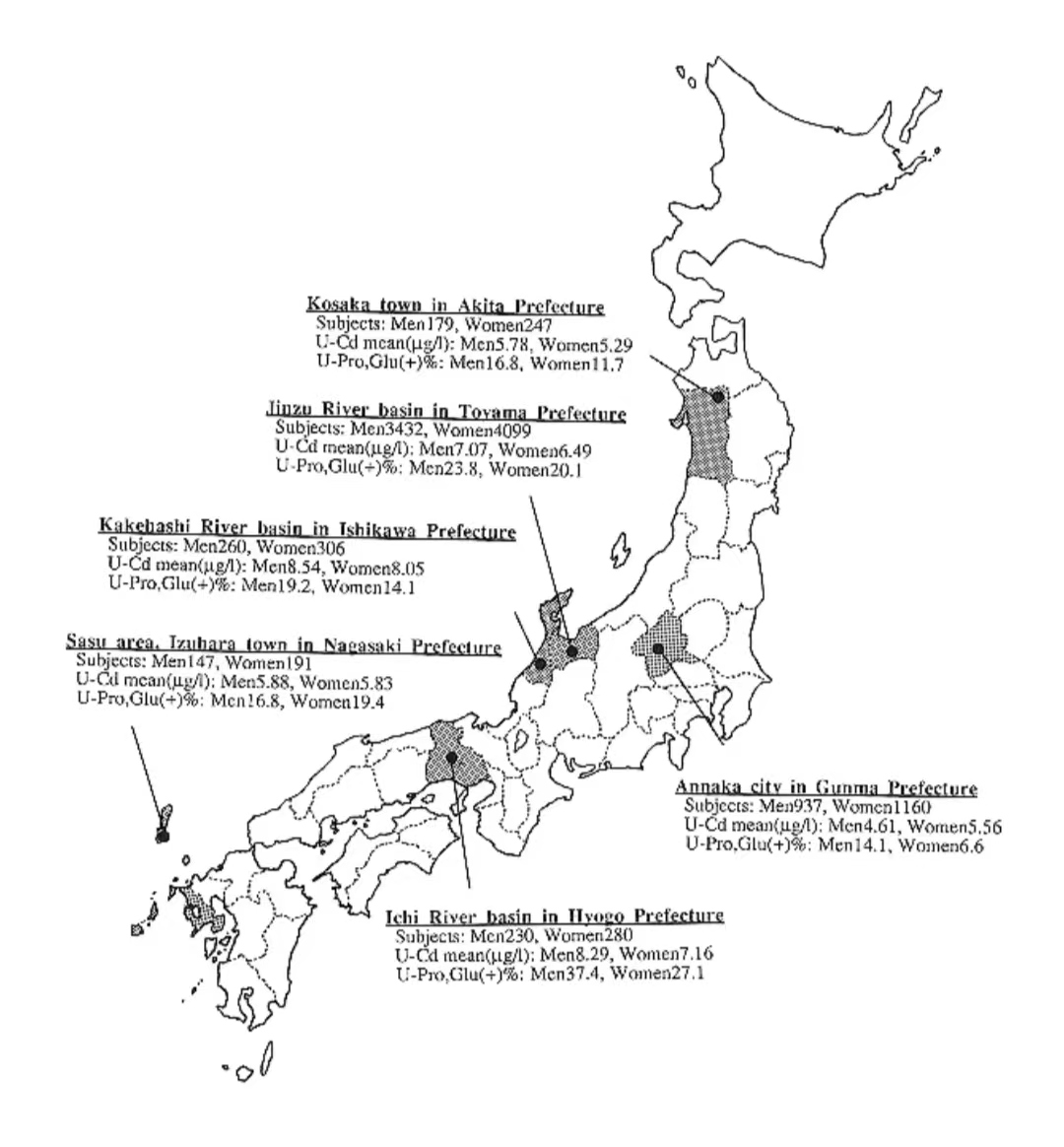
In the last century, there was a serious health accident in Japan, an outbreak of Itai-itai disease, which was caused by the cadmium pollution.
In the "Itai-itai Disease" incident in Japan, after rivers were polluted by cadmium-containing sewage, a large amount of cadmium was enriched in river water, rice, fish and shrimp, and entered the human body through the food chain, resulting in osteoporosis, bone atrophy, joint pain and other symptoms of patients. In addition, factories engaged in lead and zinc smelting also discharged a large amount of cadmium-containing wastewater directly into the Shantong River, polluting the entire river ecology. Local residents have long used cadmium-containing river water to irrigate rice, eat cadmium-containing rice and drink cadmium-containing river water, resulting in cadmium accumulation in the body.
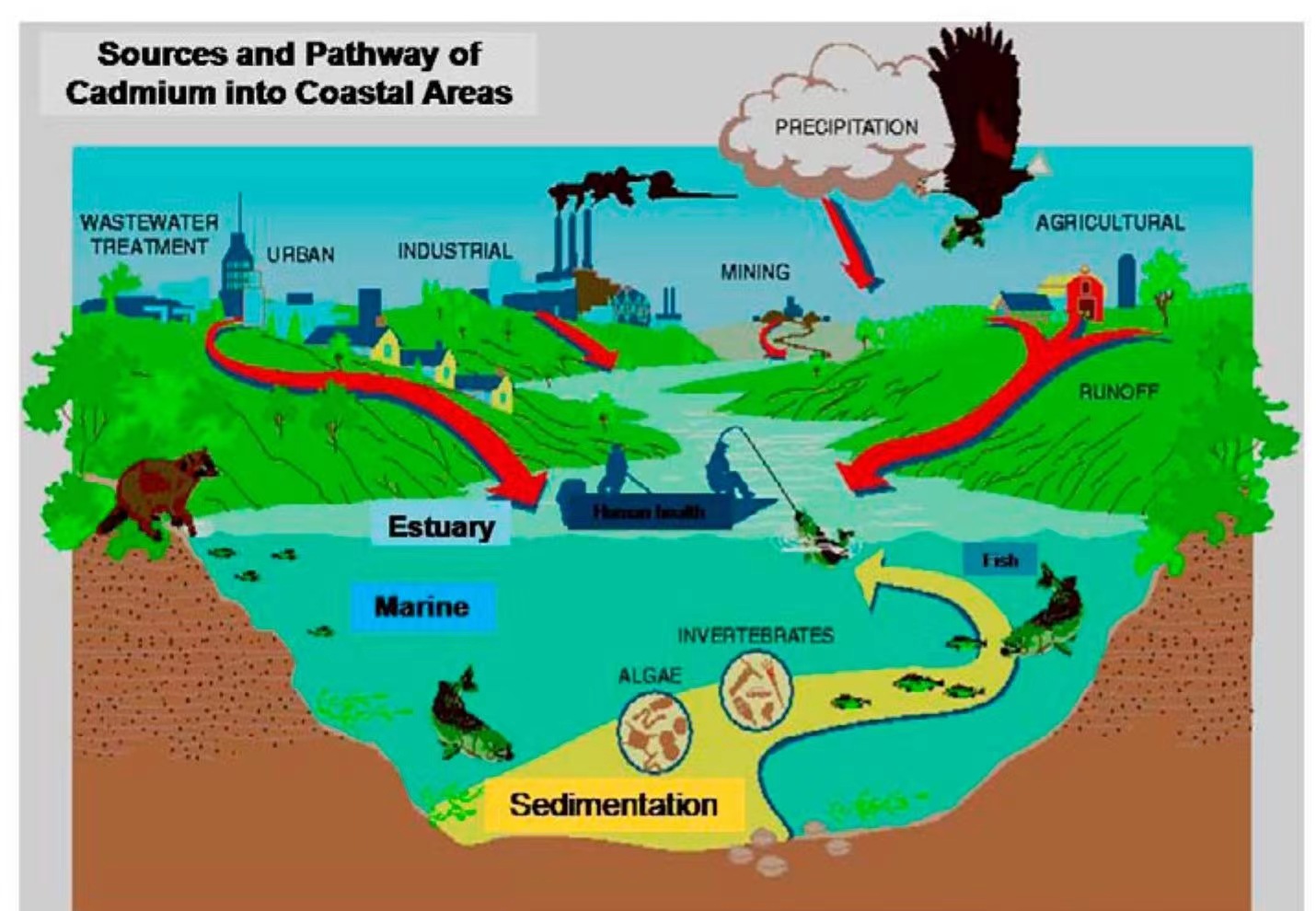
Although now the Itai-itai disease has disappeared for a long time , there are still many lands with very high levels of cadmium in Japan.
Application of Planting poplar trees in China
China has faced serious soil cadmium pollution problems in the past few decades, mainly due to excessive use of pesticides and fertilizers, as well as emissions from some highly polluting industries. In order to solve this problem, Chinese scientists have found that poplar has strong cold resistance, rapid growth and the ability to absorb heavy metals, and has a certain repair effect on soil cadmium pollution.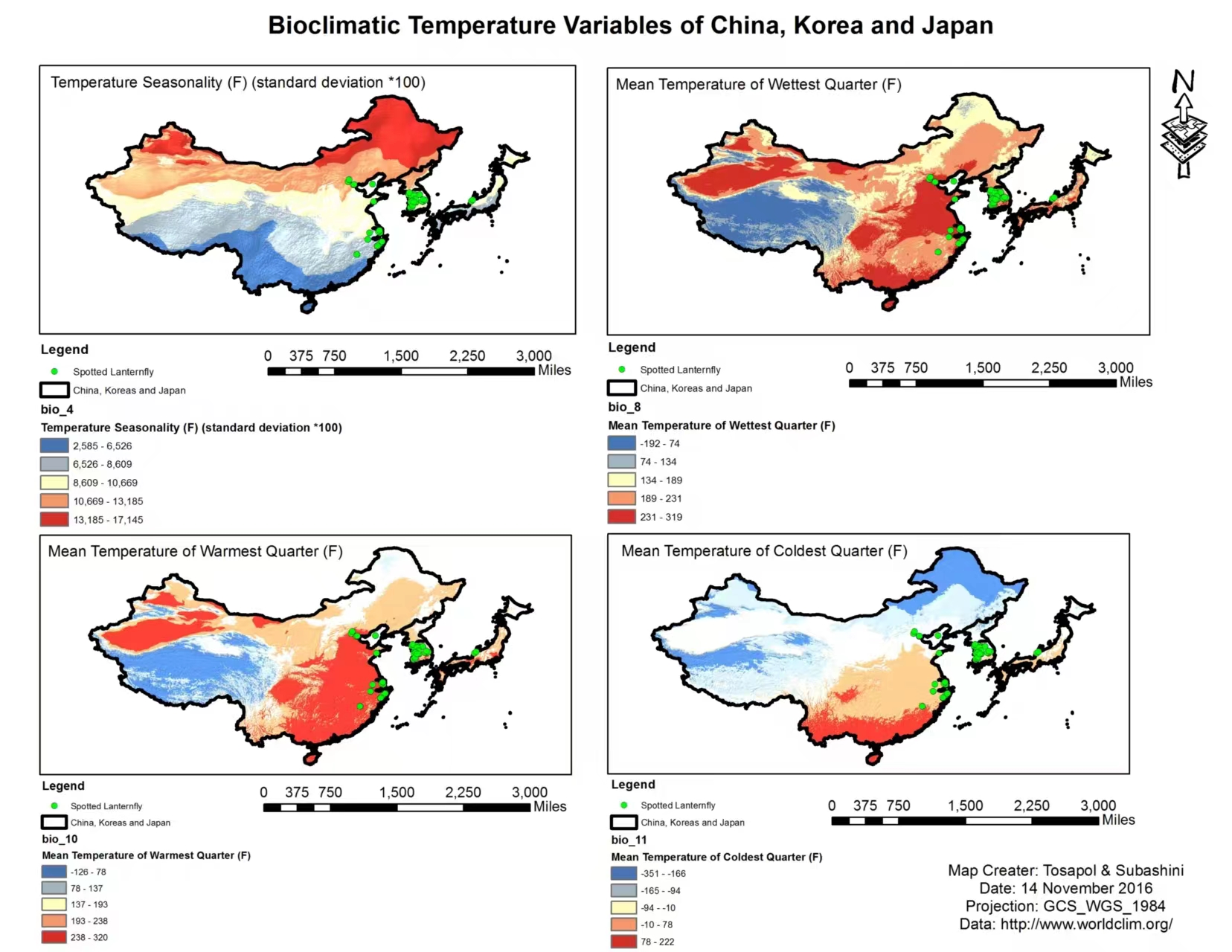
Poplar is a superhost plant with roots that absorb heavy metal ions, including cadmium, from the soil. At the same time, poplar can also transform and fix heavy metals through microorganisms on the roots and leaves, reducing their harm to the environment and ecosystem.
In China, planting poplars has been widely used in soil cadmium pollution remediation projects. For example, in Hunan, Hubei and other places, scientists have used poplar trees to control cadmium pollution in farmland soil, and achieved remarkable results. These practices proved the feasibility and effectiveness of poplar in soil remediation.
The principle of cadmium pollution control by planting poplar
Planting poplar is an effective method to control soil cadmium pollution, its principle mainly includes the following aspects:
1. Cadmium enrichment capacity of poplar: Poplar has a strong ability to absorb, enrich and accumulate heavy metal cadmium. Its roots can penetrate deep into the soil by absorbing cadmium ions in rhizosphere water and transporting them to the above-ground parts, especially the trunk, leaves and bark. This enrichment allows poplar trees to absorb and accumulate large amounts of cadmium from cadmium-contaminated soil.
2. Poplar growth adaptability: Poplar has strong adaptability to a variety of soil environments and can survive and grow in cadmium-contaminated soil. It is relatively tolerant to cadmium ions in soil and will not be inhibited by high cadmium concentrations. Therefore, planting poplar can establish a stable ecosystem in cadmium-contaminated soil and lay a foundation for subsequent soil remediation and management.
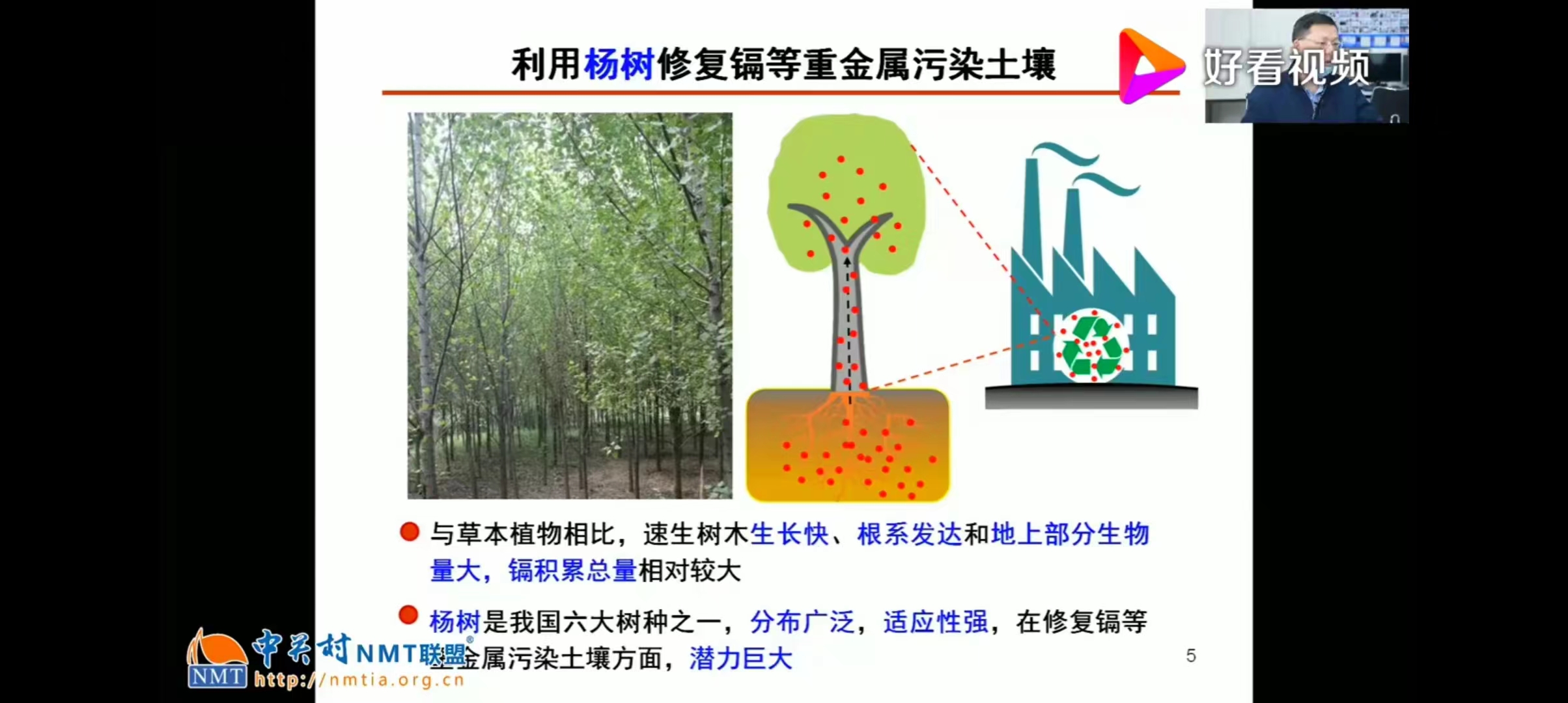
3. Biogeochemical effects of poplars: Planting poplars can improve soil physicochemical properties and microbial activity. Poplar roots can increase soil aeration and water retention, promote the activity of soil microorganisms, and improve soil organic matter content and nutrient cycling capacity. These effects help reduce the availability of cadmium in the soil, reduce its toxicity to organisms, and improve the quality of the soil.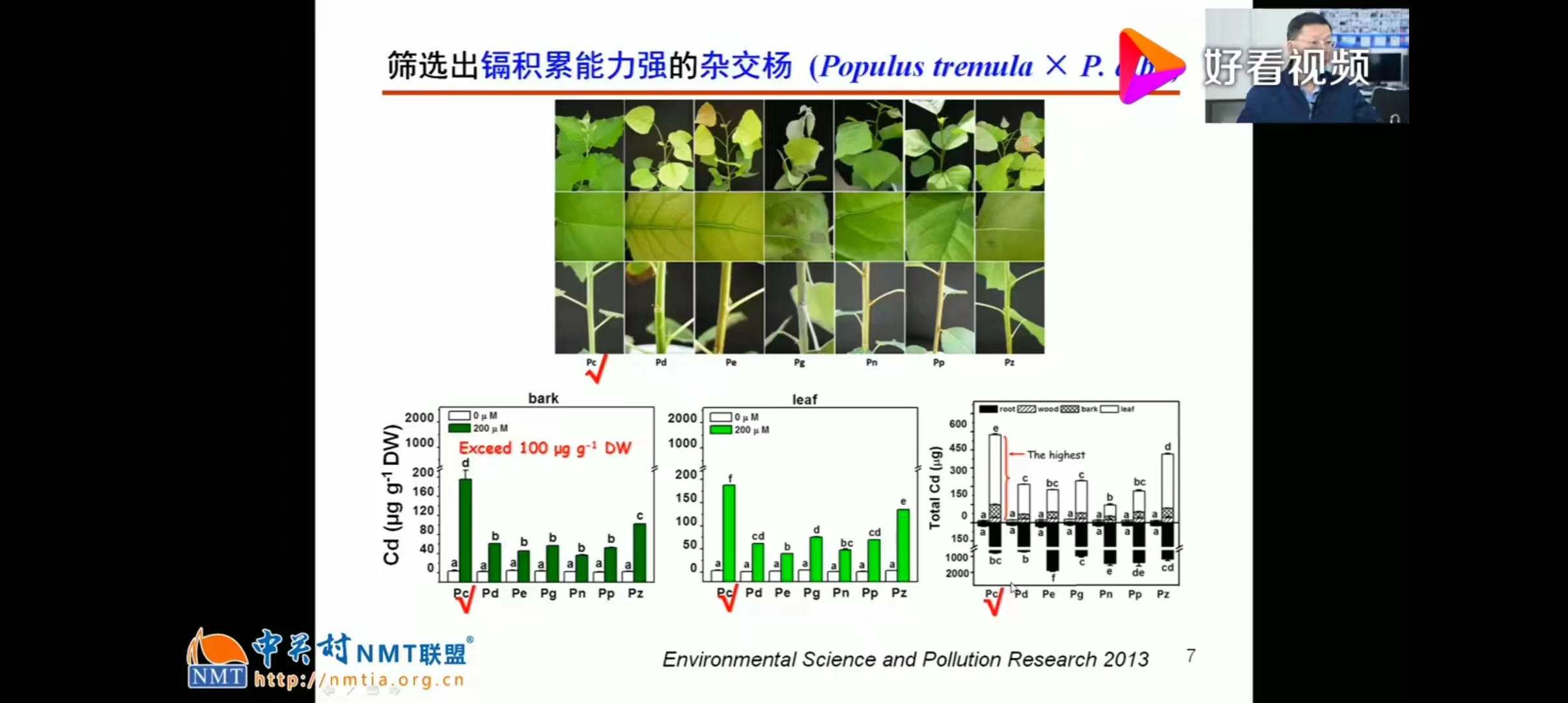

In summary, planting poplar can effectively control soil cadmium pollution through its own CD enrichment capacity, growth adaptability and biogeochemical effects.
Why it can apply to Japan?
1.Poplar is a very adaptable tree that can adapt to a variety of different growing environments. Poplar trees grow well in cold, dry or wet areas.
2.Both China and Japan have favorable climatic conditions for poplar growth. Poplar growth needs a warm and humid climate, and the climatic conditions in Japan and China are relatively suitable for poplar growth.Climatic conditions in both countries are conducive to the rapid growth of poplars. Poplar growth speed, need sufficient light and water, and Japan and China's climate conditions can meet these needs, conducive to the growth and development of poplar. Climatic conditions in both countries also help poplar trees resist some common pests and diseases. Poplar trees may be attacked by some pests and diseases, and the climatic conditions in Japan and China can provide some natural protection measures for poplar trees to reduce the occurrence of pests and diseases.
How does it apply to Japan?
Due to differences in soil environment, climate conditions and ecosystems, China's planting experience cannot be directly replicated in Japan. Before the poplar planting method can be applied to Japan, detailed research and field trials are needed to determine its adaptability and effectiveness.
Therefore, the process of applying Chinese poplar planting methods to Japan requires scientific investigation and evaluation in light of local conditions, and corresponding measures for improvement and optimization.
1. Research and assessment: First of all, detailed research and assessment should be carried out to understand the areas affected by cadmium pollution in Japan, the extent of pollution and the sources of pollution. This allows the identification of suitable areas for poplar planting and the development of appropriate control strategies.
2. Poplar seed selection: According to the climatic conditions, soil characteristics and ecosystem needs of Japan, choose poplar varieties suitable for local planting. Considering the cold tolerance and cadmium absorption capacity of poplars, poplar varieties with strong cold resistance and high cadmium absorption capacity were selected.
3. Soil preparation: Before planting poplar trees, the soil needs to be properly prepared. For example, soil pH, nutrient status and cadmium content are tested to determine whether soil improvement and remediation measures for cadmium contamination are needed.
4. Planting management: When planting poplars, it is necessary to pay attention to scientific planting management. Including reasonable spacing layout, timely watering and fertilizing, regular inspection of pests and diseases and timely taking corresponding control measures. These management measures help to ensure the healthy growth of poplar and improve its remediation effect on soil cadmium pollution.
5. Cadmium absorption and repair: Poplar has a strong absorption capacity and can absorb cadmium ions from the soil. However, in order to improve the repair effect of poplar trees, some auxiliary measures, such as adding organic substances or microbial amendments, can be considered to promote the ability of poplar roots to absorb cadmium ions and the effect of converting fixed cadmium.
6. Monitoring and evaluation: After planting poplar trees, it is necessary to carry out regular monitoring and evaluation work to understand the remediation effect of poplar trees on soil cadmium pollution. By collecting samples to detect cadmium content in soil and plants, evaluate the effect of poplar restoration, and make adjustments and improvements.
Only when soil characteristics, climatic conditions and ecosystems are fully considered, can we ensure the effective application of poplar planting methods to control cadmium pollution in Japan.
- application pollution Planting Chinese controlapplication pollution planting chinese pollution strategy tackling chinese philippines pollution solution chinese pollution control action plan pollution measures control states pollution measures control metals pollution plastic control action pollution measures control land prevention pollution control action 题解pollutant牛奶control